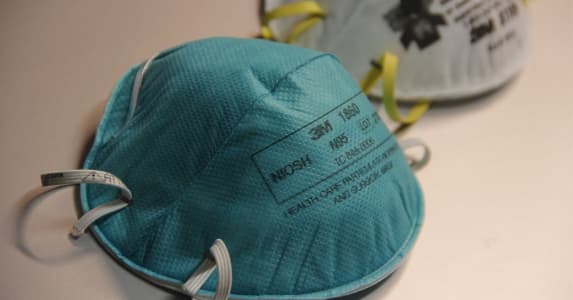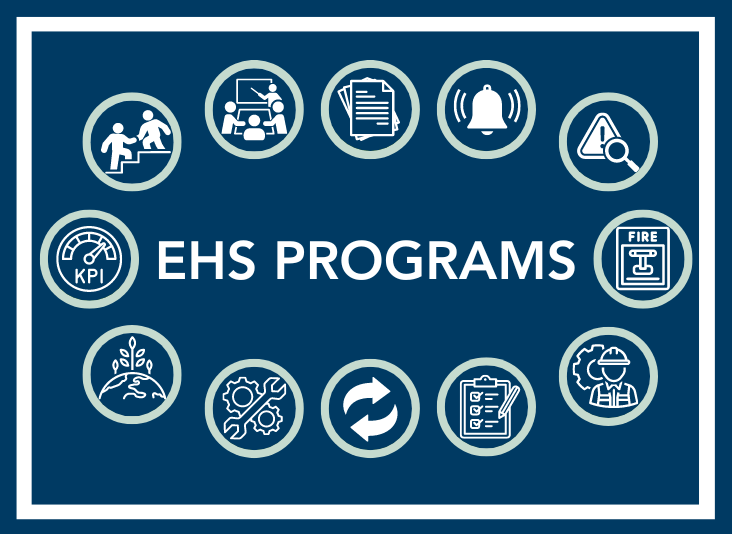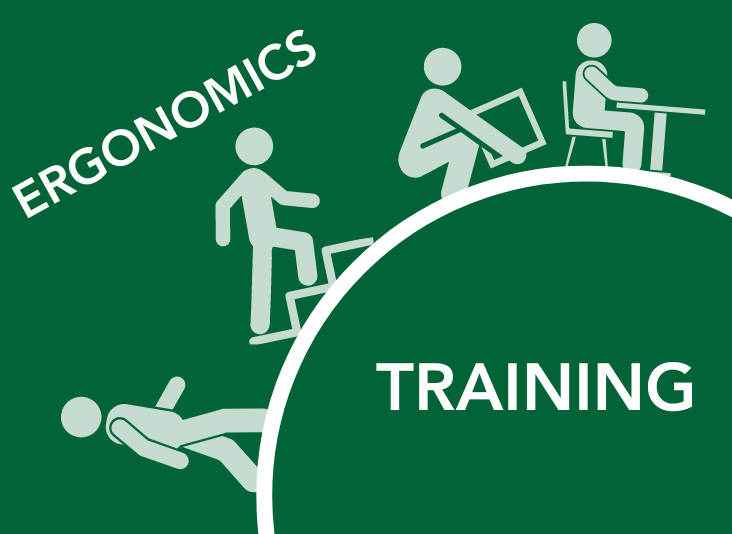Fit Testing and Respiratory Protection During Covid-19
As Covid-19 continues, most workplaces have adopted mask-wearing and face-covering policies for their employees. In conjunction with state and federal guidelines, these policies are meant to lower the Covid-19 transmission rate by preventing airborne liquid droplets from escaping a person’s mouth while they talk or breathe.
However, certain job tasks require employees to wear a type of respirator that actually filters contaminants from the outside air coming in (think: healthcare providers dealing with Covid-19 patients). As opposed to just preventing outgoing transmission rate, respirators such as the “N95” type will in fact protect the wearer too. But that is only assuming there is an effective Respiratory Protection Program (RPP) in place—a series of workplace policies required by OSHA that describe how an employer will comply with relevant health and safety regulations. A study in May discovered that New York healthcare workers had a lower infection rate than the general population*—a fact that can at least be partially attributed to effective usage of PPE.
How Can You Be Sure Your Organization Has an Effective Respiratory Protection Program (RPP)?
The most crucial step is the performance of a respirator fit test for each employee, for each type of respirator they may be expected to use. Performing the fit test protocol includes:
- The use of chemical solutions, hoods, nebulizers or misting devices, and even digital devices in certain cases.
- A series of physical exercises that is meant to distort the wearer’s body and face in any way that can be anticipated—including the audible reading of a short passage that includes every sound in the English language!
Questions to Consider Before Implementing a Respiratory Protection Program
Beyond fit testing, there are a still number of additional components that need to be addressed in order to implement a successful large-scale Respiratory Protection Program, especially during a pandemic.
- Have you performed an initial risk assessment? That is, which members of your staff or departments should wear respirators?
- What are the types of public interaction that employees will be expected to have? What types of procedures and job tasks are performed, and where?
- When do they need to wear the respirator—all the time or just during certain activities? And what is the policy on failed fit tests, facial hair, or other issues that may interfere with the respirator fit? “One-off” failures may have previously been able to perform modified duty, but now there is the potential of many more failures.
- Have you selected the right respirator for your facilities? There are hundreds of models of N95s, all with different ratings and designed for different work environments.
- Crucially, what respirators will you be able to source and supply in the near-to-mid-future? Are there more than one type that will possibly be used?
- Are staff being trained appropriately on how the respirator works and how to wear and maintain it? Do they know how to inspect it before use and how long it should be worn?
- Do you have the proper documentation, such as the written management plan, training records, and certificates? How will you track overall metrics to be able to report a compliance percentage?
- Finally, is there other PPE being worn in which staff will also need training for donning and doffing?
Even in “normal” times, there are many details to get right in order to have an RPP that actually protects employees. As the pandemic continues on, the important details multiply and the urgency to protect employees from airborne hazards becomes paramount.
Next Steps
Triumvirate is here to provide any level of assistance for your institution, from providing onsite fit test technicians to conducting a broad compliance review of existing programs and policies. Please contact us directly at 888-834-9697 or click the link below and a member of our experienced team of experts will get back to you shortly.











.png)